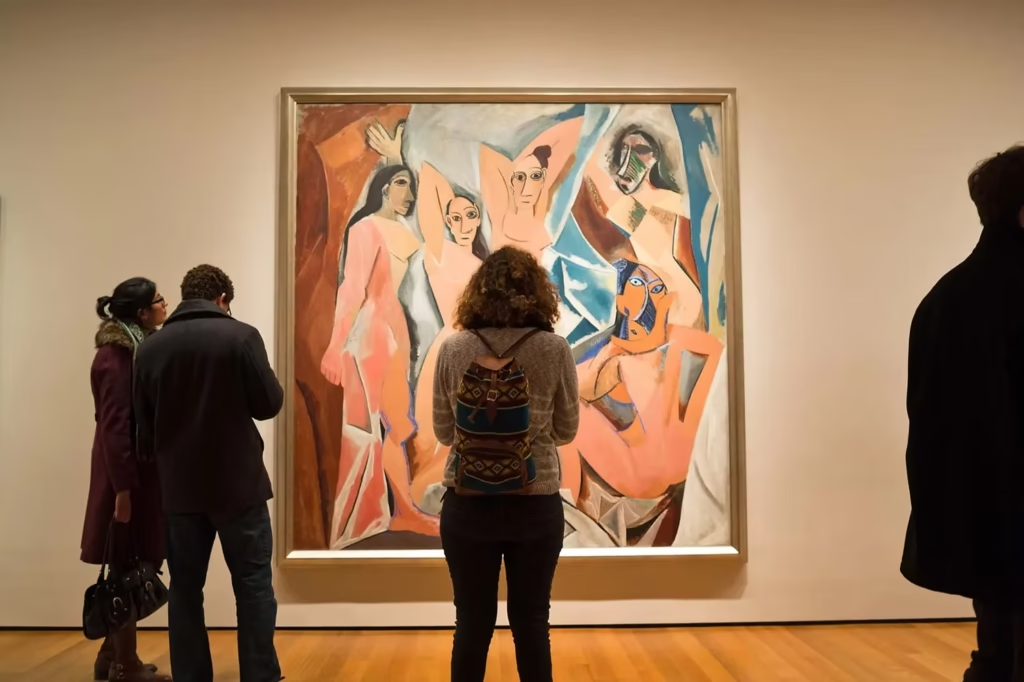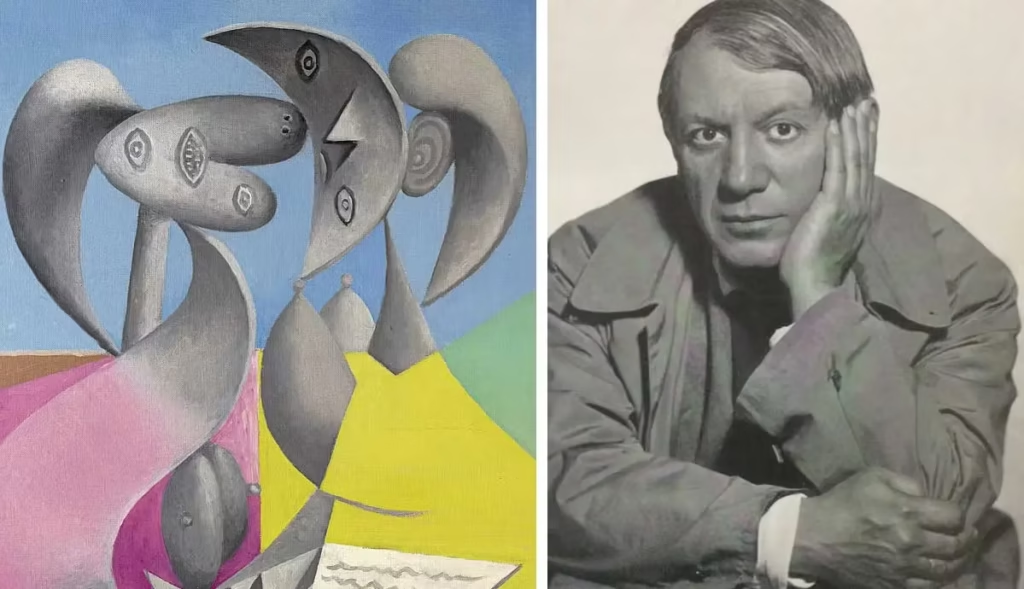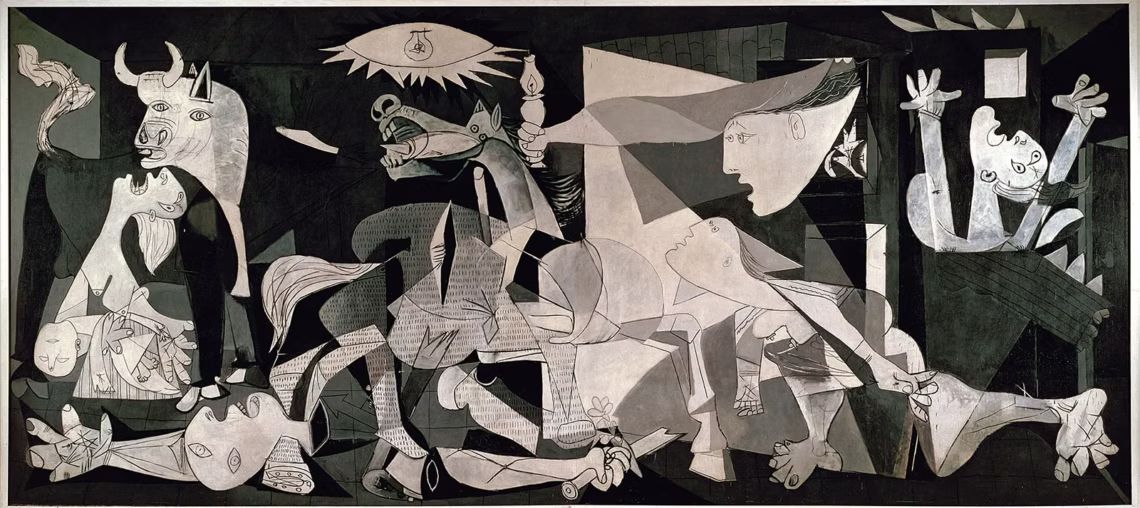The Colorful World of Picasso: Exploring His Most Famous Paintings
Each year, billions of dollars’ worth of art passes through international auction houses and leading museums; yet only a select few paintings achieve worldwide fame beyond the realm of the art world.
Cubism was developed by Picasso and Braque between 1907 and 1914 as a visual language to challenge conventional theories about perspective, foreshortening, modeling and chiaroscuro. The emphasis placed upon breaking down forms can be seen through Cubist works with their fractured forms.
Blue Period
Following the tragic loss of his friend Casagemas, which sent him spiraling downwards into depression, Pablo Picasso‘s work took on an unnerving tone. By only using blue and white colors in his paintings – monochromatic yet filled with mournful undertones – Picasso created monochrome works from 1901-1904 which focused on beggars, prisoners, prostitutes, blind people or any group pushed to the edge of society due to no ethical considerations being shown by this new world order.
Through his use of symbolism’s mise en abyme technique (painting within a painting), Picasso dramatized their lives into characters of his own melancholic story, often known as his Blue Period. This period marks a turning point in the artist’s career and can often be identified with its name alone.
X-ray analysis has unlocked hidden details within iconic paintings such as The Old Guitarist that bear a strong resemblance to ideas and sketches the painter wrote down in letters, providing insight into original intentions and possible interpretations behind each work of art. This technology provides a valuable way of uncovering their intended intentions or meaning behind such masterpieces.

Cubist Period
Over his lengthy career, Picasso constantly reinvented himself and his style. Known for creating works in multiple styles and techniques as well as pioneering new art forms such as collage into fine art, Picasso made lasting contributions to society with each of his creative works.
His Blue Period ran from 1901-1904. During this time, the artist employed subdued shades of blue in his paintings while also exploring warmer browns and earth tones. Additionally, this period was also marked by Cubism being introduced into his work, beginning with Les Demoiselles d’Avignon (1907), an abstract style reduced images down to geometric outlines and cubes – an early precursor of modern abstract art.
He was heavily influenced by African art and Primitivism during this period. It is thought he may have developed his Cubist style partially due to angular forms on tribal masks of female heads; during this era Fernande Olivier often appears in his Cubist paintings until they separated in 1912.

Neoclassical Period
Picasso worked across multiple art mediums throughout his life. His signature style shaped modern art and was one of the most influential figures during his era; creating styles from naturalism, Cubism and Surrealism in equal measure.
The Rose Period ran from 1904 to 1906 and saw Picasso’s paintings adopt an increasingly vibrant palette, filled with warm tones of pink and rose hues that brought a lighter mood and lighter atmosphere. Harlequins, circus folk and other familiar subjects surfaced frequently in his artwork during this era.
Picasso began the final phase of his career with the end of World War I and continued it up to his death in 1973. Picasso experimented with various genres, from Neoclassical paintings like Peasants Sleeping by watercolor to Primitivism-influenced works like some of his Primitivist pieces. Picasso met dancer Olga Khoklova who became his wife, however their marriage ended due to infidelity and abuse; nonetheless they shared one child together before parting ways due to other romantic liaisons in life that inspired countless paintings by Picasso himself!

Surrealist Period
Between 1918 and 1927, Picasso took another leap away from traditional artistic conventions of his day with a series of paintings, sculptures and etchings that utilized collage techniques, new approaches to human figures, as well as organic elements like flowers or animals in his pieces.
Surrealism was founded by French artist Andre Breton, a former member of Dada who had become disenchanted with its lack of focus. Drawing inspiration from Sigmund Freud‘s theories on the subconscious mind and emphasizing intuition in art creation.
Wifredo Lam was one of many non-European artists who quickly adopted Cubist-Surrealist forms into representations of their culture’s mythology and spirituality – for instance his piece Europe After the Rain II (1940-42) shows this technique at work using collage, decalcomania, and the painting technique known as grattage for creating an altered view of European landscape.


